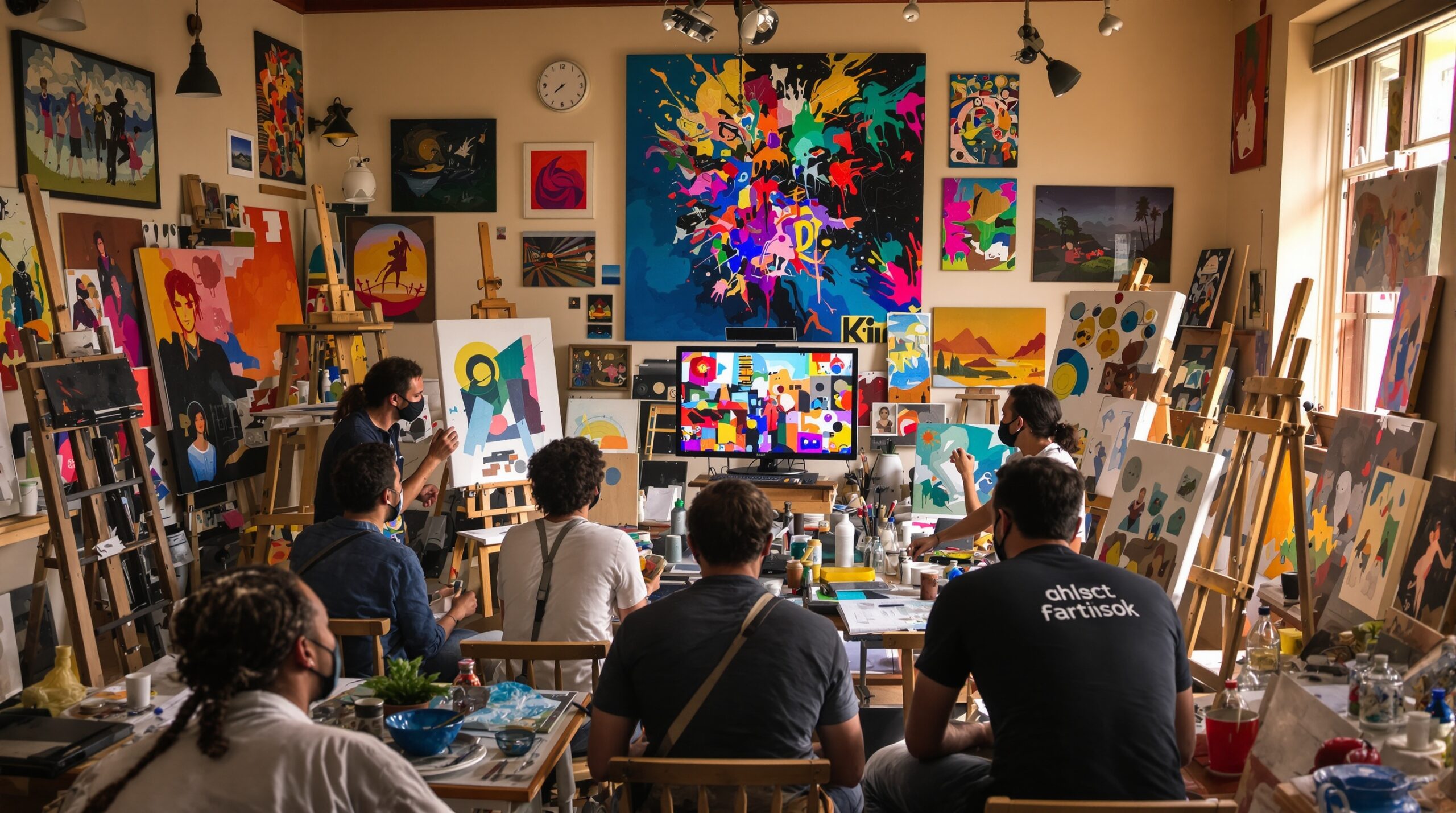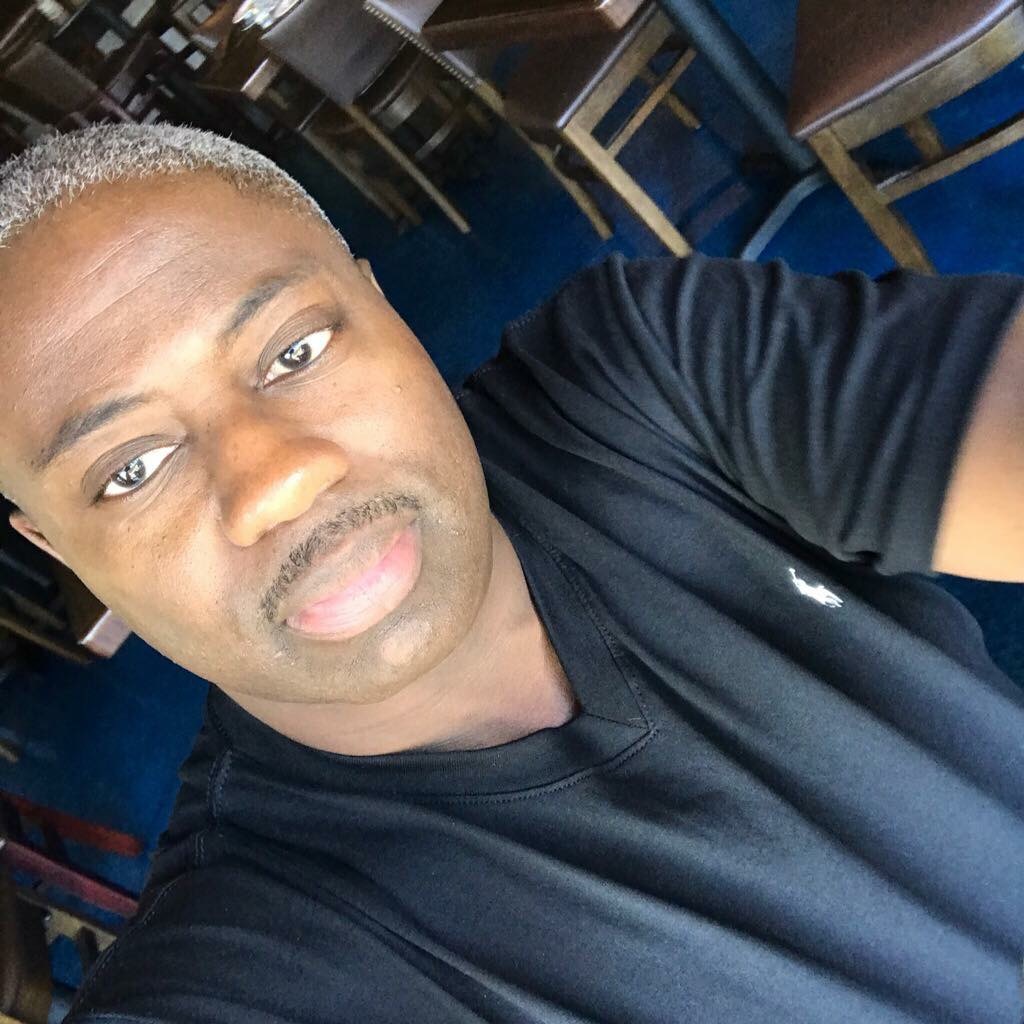Artificial intelligence has woven itself into the fabric of nearly every creative field, especially visual arts. The emergence of AI-generated art has come swiftly, shaking up established norms and provoking strong reactions. Today, the conversation over AI’s role in art is one of the most passionate debates facing traditional artists.
The Rise of AI-Generated Artwork
Machine learning algorithms can now produce intricate paintings, stunning photographs, and complex visual pieces with minimal human input. AI models, like Midjourney, DALL-E, and Stable Diffusion, have made it easier for anyone to generate imaginative visuals. These technologies analyze millions of images to understand patterns, styles, and techniques that human artists have spent years perfecting.
Exceptional results from these tools often blur the line between man-made and machine-generated art. From digital galleries to online marketplaces, AI-created artwork is rapidly gaining popularity among collectors and casual viewers. Some auction houses have already sold AI art pieces for record-breaking prices, pushing the conversation even further.
Concerns of Traditional Artists
Many traditional artists feel threatened by the proliferation of AI art. They have dedicated years to mastering their craft through patience, study, and personal expression. Seeing machines accomplish similar results in seconds creates understandable anxiety about the artist’s role and identity.
The fear of devaluation is a major concern. If machines can mimic or even exceed human skills, will collectors still value original, hand-created pieces? Some artists worry about shrinking demand, fearing a future where the public favors speed and novelty over technique and effort.
Moreover, accusations of plagiarism have surfaced. AI models are trained on existing artworks, sometimes using them without the original creators’ consent. This process can replicate signature styles or iconic imagery without acknowledgment or compensation to the human artist.
Arguments in Favor of AI Art
Proponents of AI in art see it as a new paintbrush—a tool to unlock creative possibilities rather than stifle them. Many comparative art historians note that every technological leap, from oil paint to photography, once drew similar criticism. Yet, artists continually adapted and even flourished once the dust settled.
AI can democratize art creation by making it accessible to those with vision but not traditional skills. Digital artists have begun partnering with AI tools to explore entirely new forms of inspiration. Some argue that collaboration with AI enhances, rather than diminishes, human creativity.
AI also introduces unpredictability and innovation. Algorithms frequently produce imagery that surprises even the original prompt writer, stimulating new ideas. For some, this unpredictability has become both a creative muse and a method of innovation in a field bound by tradition.
Impact on the Art Market
The economic landscape of art is evolving rapidly in response to AI’s growing presence. Galleries, auction houses, and online platforms are experimenting with ways to display and sell AI-generated works. Some collectors see AI pieces as reflections of current technological progress, treating them as future historical artifacts.
AI art’s accessibility and affordability may threaten the exclusivity that once defined art markets. This change opens doors for new buyers but challenges traditional pricing systems. The increase in digital art has also expanded the debate over copyright and intellectual property rights.
Art competitions and exhibitions are similarly adapting. Organizers struggle with questions of authenticity and originality. Some contests now require clear disclosure about the involvement of AI in the creative process, while others have banned AI-assisted entries altogether.
Ethics, Copyright, and Creative Credit
At the heart of the debate lies the question of ownership. When a machine creates an artwork, who holds the rights to that image? Many copyright experts argue that existing laws were not designed with AI in mind. Artists whose works were used without consent have raised concerns about infringement and fair use.
Several lawsuits have started to shape this new legal terrain. Traditional artists demand more transparency in how AI models are trained. Some groups suggest a registry or licensing system to ensure artists receive compensation if their works fuel machine learning systems.
Changing Role of the Artist
AI has forced artists to reconsider their creative process and self-definition. Instead of resisting technology, some traditional artists have begun embracing it. These individuals use AI to spark ideas, create backgrounds, or generate reference images for further refinement.
Collaboration with AI is shaping a new creative identity for artists. Now, the “artist” may act as a curator, editor, or storyteller, guiding machines toward desired outcomes. This shift parallels historic moments when artists adopted photography, digital editing, or even mixed media into their practice.
By integrating technology as a creative partner, artists can both preserve traditional craftsmanship and broaden their artistic reach. Many galleries seek to showcase works born from this collaboration, emphasizing the evolving, hybrid nature of art in the modern era.
The Future of Art in the Age of AI
AI art is unlikely to disappear from galleries or online platforms anytime soon. It will continually challenge human assumptions about creativity, originality, and the value of manual work. Some experts believe society will eventually adjust, acknowledging both human skill and technological innovation.
Educational institutions have started integrating AI into their art programs. These initiatives ensure tomorrow’s artists are equipped for a blended creative environment. Over time, collaboration between machine and artist could become a defining feature of contemporary art movements.
Conclusion
The debate between proponents and opponents of AI-generated art is far from settled. As both sides make their cases, the art world continues to evolve. Traditional artists and new creators alike must adapt, discovering ways to navigate an environment defined by both tradition and innovation.
Ultimately, art’s enduring value may lie in its ability to change with the times, absorbing new ideas and tools along the way. Whether made by brush, pen, or algorithm, art remains a powerful reflection of human imagination—and our response to the constant march of technology.


